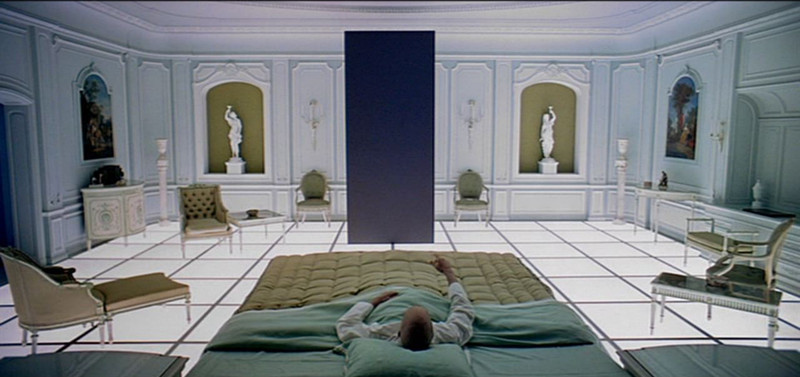
Nowadays, it’s fun to say “Interstellar” is the film that’s the most incredibly complex, philosophical, and hard to understand. It’s also fun to know that such statement is a fallacy, be it a good movie or not.
When discussing difficult cinema, we’re referencing art and poetry. Surrealism, experimentation, fantasy, and puzzles. These are the subjects we are presenting in this list. Movies are composed by many technicalities, and some reduce themselves to such technicalities. These more experimental movies made by directors like Stan Brakhage are, however, not the focus of this list. We are looking at movies that are composed by the main characteristics of cinema, one of them being the narrative.
Most of the movies on the list have been chosen with the idea that all of them could be suggested to pretty much anyone. We are not aiming at intellectual elitism or pretentiousness. Having said that, we have selected movies that go from the surrealist to the more traditional narratives, in order to present the various manners in which a movie can be hard to understand.
Complicated movies can be passionate to explore and study. Despite arthouse cinema being not as enticing as blockbusters, it can enrich your perception of the potential of cinema in dealing with many different concepts, philosophies and problems. Movies that have seemingly crazy imagery, classical music, or frenetic camera movement and editing sometimes have it so for a reason; these are parts to a whole piece of art that is the final product. How about trying to understand the reasons that led the director to take such decisions and experience them fully?
There are many movies that could have made the list and aren’t included, and some of them will be in the Honorable Mention section at the end of the list.
10. Recollections of the Yellow House (1989)
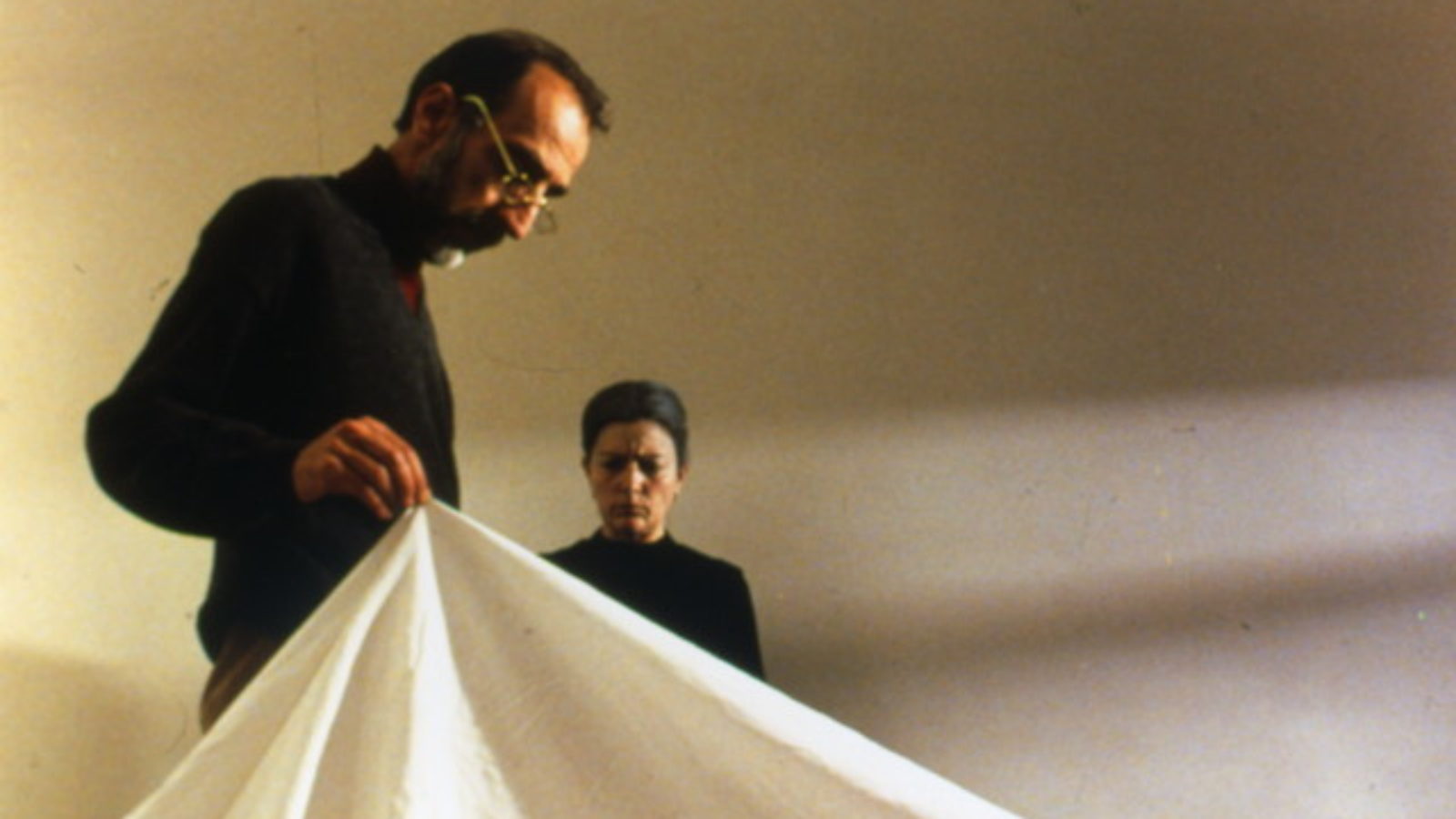
One of the great underappreciated European auteurs, João César Monteiro proves in this first movie of his Trilogia de Deus that rich narratives can be very rewarding if you give it the research its rich undertones deserve and need for the work to be fully appreciated.
This is a movie that can be seen as a straight comedy, and it works pretty well with its idiosyncratic screenplay, especially if you are a Portuguese speaker. However, this 1989 Silver Lion winner didn’t receive its praise only due to its comedic tone.
The beauty of Monteiro’s work does not reduce itself to beautiful frames, cinematography, actors and to a mere story of a crazy old man. It combines Christian mythology and the idea of what’s sacred (while presenting it and while destroying it) with his meta-cinema and hyper-referential method through which he develops his movie, and the odd autobiographical aspect present in the work.
The references and symbols balance together in this piece, giving it a whole new dynamic to what can be dismissed as a mere comedy. Ideas like a sort of perverted Wandering Jew with the figure of João de Deus (played by Monteiro himself), or maybe even a corrupt representation of Jesus Christ; together with shots like the ending of the movie, which is a clear reference to the 1922 classic Nosferatu, they create a baffling world that has a life of itself, despite leaning onto so many premade concepts.
A world that can be seen as a poetic homage to all the arts that converge into cinema (with the brilliant use of music, for example, a trait for which Monteiro is well known for), as a meta-cinematic metaphor to the creation of art, or even a study of the balance between perversion and beauty.
The director sadly has little recognition out of Europe, and it is a shame that while being a creator of strictly arthouse movies, he has created one of the most perplexing and intricate trilogies of the 20th century.
9. The Ninth Configuration (1980)
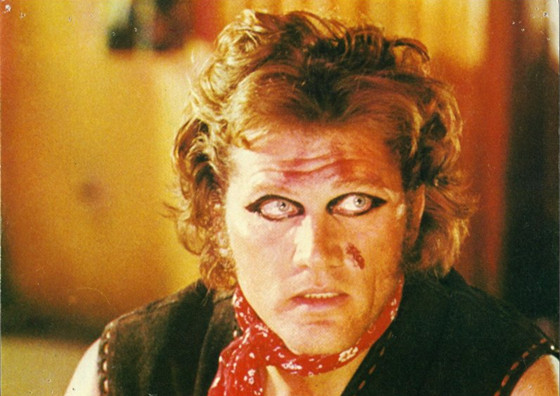
Apparently simple, but incredibly confusing in it being a serious philosophical piece or a parody of brain-dead existentialisms, William Peter Blatty’s cinematic adaptation of his own book “Twinkle Twinkle Killer Kane” remains as one of the most underseen gems of the ‘80s.
The chaos of an asylum is in this movie is depicted in the most fun and innocent of ways, and will leave you with a smile as strong as when you experience movies like “One Flew Over the Cuckoo’s Nest” without its complexity when regarding the subject of madness. But that is not the main concern of this 1980 classic. The movie utilizes the subject matter of war trauma and madness to explore in a lighthearted but still thick-layered way the religious anxieties of its characters, specially Colonel Vincent Kane, with Stacy Keach giving arguably his best performance to this day.
The ambiguity of the characters being shirkers or not, combined with its absurd segments with the various patients of the psychiatric institution (that include Shakespeare plays with dogs, and sudden images of people on jetpacks) and its morally confused ending will leave you scratching your head as to what Blatty’s intentions really were.
It should be clear, though, that this movie is beautifully shot, contains great performances (Scott Wilson as Captain Cutshaw deserves to be mentioned) and is quite a ride for someone who’s ready for something different, that goes fast from an absurdist comedy to an existential piece.
8. Meshes of The Afternoon (1943)
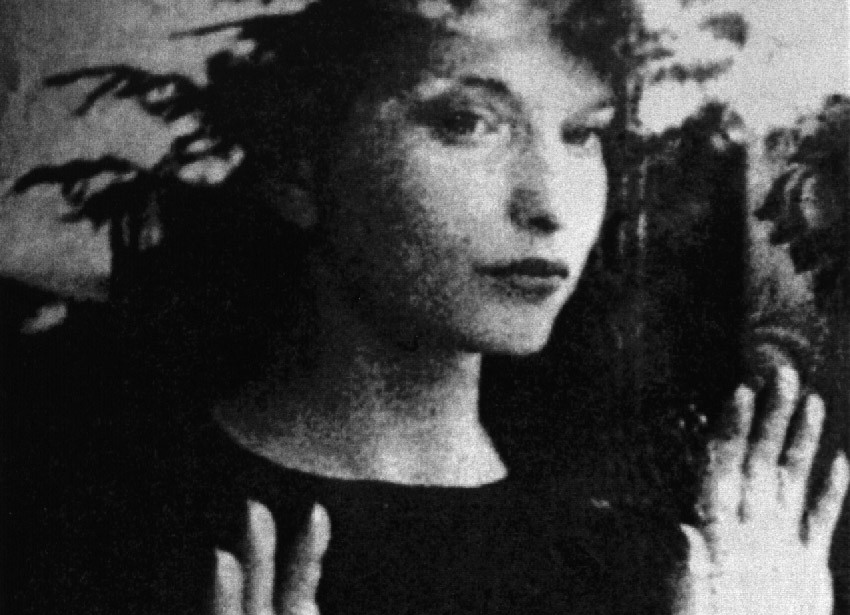
The first movie on the list is a short created in 1943 by Maya Deren. It is a 15-minute-long surrealist movie that defined the genre at the time with its experimental narrative and visual effects.
Directors like Luis Buñuel, David Lynch and Jean Cocteau praised the movie and took it as a great inspiration for not only its disturbing imagery and visual candy, but for its complex ambiguous narrative. It is just as much a surrealist movie as an experimental one that goes back and forth in time, juxtaposes images, and presents unidentifiable creatures that at first are hard to wrap our heads around.
Is it a movie about domestic violence? Is this a representation of a housewife’s subconscious? Is it a movie about the anxieties of an artist? The trauma of the woman depicted by Deren is never supported by any reason, and there are no suggestions in the movie to explain why this woman is experiencing these nightmarish series of events, at least directly.
Instead we are left with an ominous but beautiful movie that is haunting in the way it depicts anxiety and mental breakdown, fears and desires. It presents a big influence by Freudian ideas when it portrays its possibly symbolic images.
We see a murder by one of Maya’s (The Woman’s) clones, or is it a doppelgänger, a component of her inner self that does this to free the woman from her inner angst? Will this murder free her from her housewife pustules and lead to the fulfillment of her true desires, or will it just be the destruction of her Überich? It is a wonderfully intellectual piece of work by one of the underrated masters of surreal cinema of the 20th century.
7. Dead Man (1995)
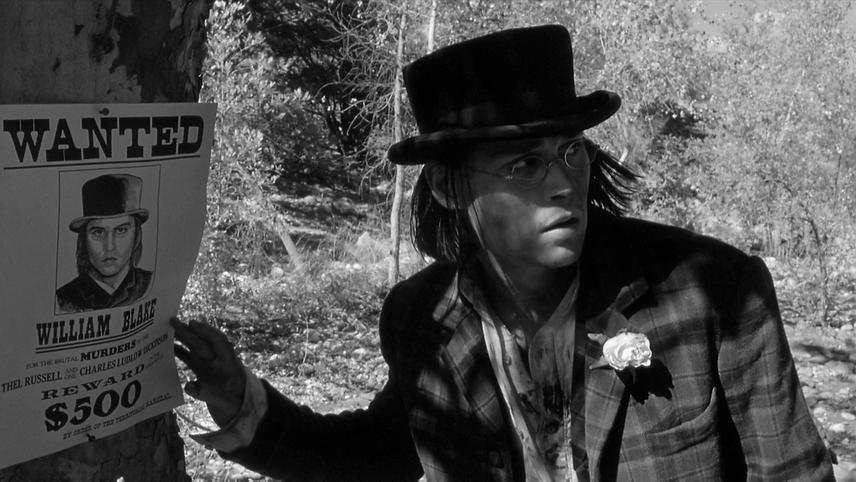
Probably the simplest movie on the list, it is never clear what the point is of the journey of William Blake (Johnny Depp). Appallingly criticized for being a product of the ‘90’s New York hipster madness, Jim Jarmusch’s “Dead Man” is one of the most charming movies while being exceptionally ambiguous.
Where is William Blake heading? Where is he at? Is it purgatory? Is he dead? These and so many more questions surround his journey. But one thing is certain: Jarmusch has created a beautiful archetypical world that without being pretentious; it leaves the viewer satisfied with its alternative presentation in contrast to what we expect from the western genre, or any movie in general for that matter.
The symbolism and references utilized in the movie, ranging from the obvious theme of the poet William Blake himself, to religious allegories and the masterful bending of the classic American western, combined with an ethereal depiction of the Native Americans in a critique of the genre, results in a poetic narrative that harmonizes beautifully with its black-and-white cinematography, its hypnotic score by Neil Young, and its overall psychedelic imagery and technicalities of the movie.
6. Last Year At Marienbad (1961)
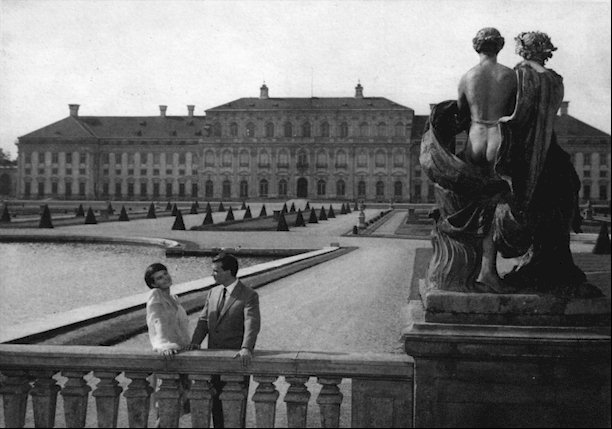
Its parodies and references are uncountable, but still when rewatching “Last Year At Marienbad,” it is certain even for the casual viewer that the movie is not a mere gimmick or a mere exercise of mindlessness.
The main problem with “Marienbad” is that it will never be solved. It is the cinematic application of great technique to an enthralling puzzling plot that never really goes anywhere. A great example of the movie’s tone is a scene of a random game of cards that is always won by the lead’s boyfriend/husband/friend (it is never explicit in the movie). This leads nowhere and has no meaning. At least to most critics who try to deconstruct scenes such as these, and always end up in creating some ridiculous out-of-the-box theory about the movie’s real meaning.
It combines some of the best cinematography by the great master Sacha Vierny (known for movies such as “The Cook, The Thief, His Wife & Her Lover” and “Belle de Jour”) and a great original score by Francis Seyrig. It includes some of the best performances by the French-Lebanese icon Delphine Seyrig (known also for her mesmerizing role in “Jeanne Dielman, 23, quai du commerce, 1080 Bruxelles”) and Giorgio Albertazzi.
It combines great talents in an experimental piece that is incredibly entertaining in its puzzles and plot twists, never being too frustrating while presenting its mysteries. It is an impressive cinematic exercise. “Last Year At Marienbad” is probably the only movie on this list that not only is hard to totally understand, but will never be understood and probably was never meant to be so.